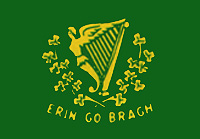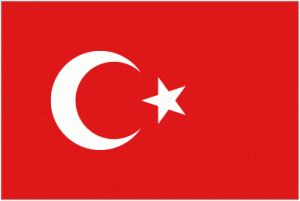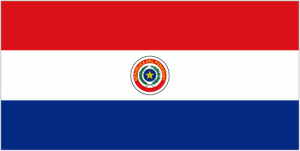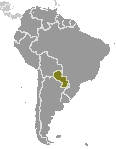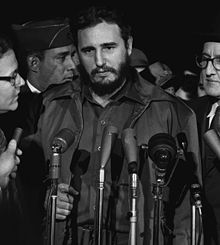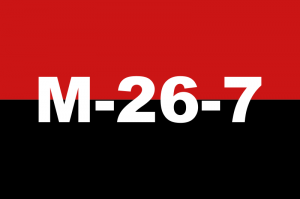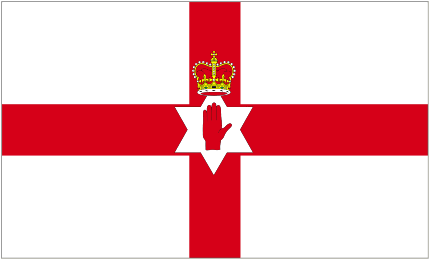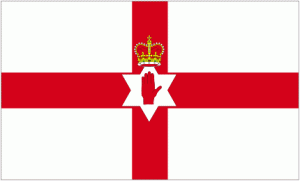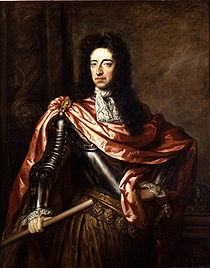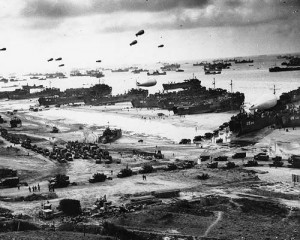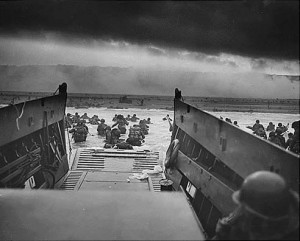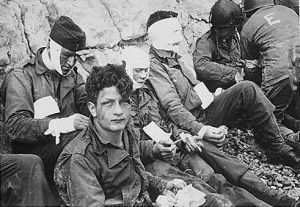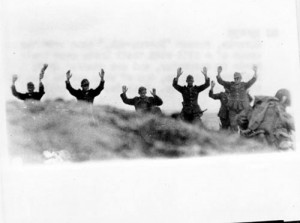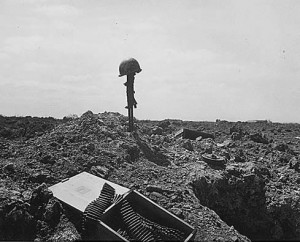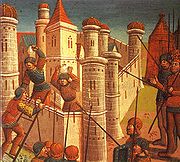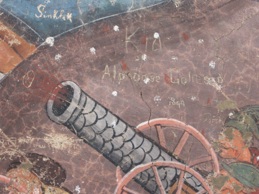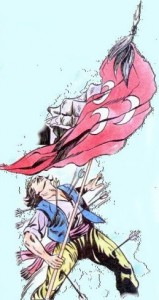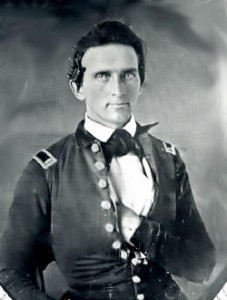September 12
Today the Irish are as inseparable from the American identity as the stars on the red, white, and blue. But at one time the Irish were as discriminated against as any ethnic group. Immigrants who had crossed the Atlantic, fleeing the Emerald Isle’s deadly potato famine in the 1840s soon learned what N.I.N.A. stood for–No Irish Need Apply.
The wave of German and Irish-Catholic immigration in the mid 19th century was met with an equal wave of xenophobia called Nativism, an anti-Catholic, anti-foreigner movement sweeping through the mostly-Protestant states. This patriotic sentiment was compounded with a territorial war with our neighbor to the south, Mexico, in the 1840s.
John Riley, a native of Clifden, County Galway, was a young veteran of the British Army when he entered the U.S. through Canada. He joined the army in Michigan, and served in the 5th U.S. Infantry Regiment. But the animosity he experience against his religion and his countrymen caused him to desert the army prior to the Mexican-American War.
All told around 1000 Irish deserted the army before and during the war. They were not the first soldiers to do so, but 200 of them did the unforgivable. They banded together and enlisted with their fellow Catholics in the Mexican Army.
The St. Patrick’s Battalion, or San Patricios, fought in all five major battles of the Mexican-American War. General Santa Anna once said, had he a hundred more troops like Riley’s men, he would have won the war.
At the Battle of Churubusco in 1847, the San Patricios met their end. Of approximately 200 men, 35 were killed and 85 were taken prisoner. Nearly 50 prisoners were sentenced to death by hanging. Riley escaped execution because he had deserted prior to the declaration of war. He was merely given 50 lashes on the back, branded with the letter “D” (for deserter), and forced to wear an iron yoke around his neck for the duration of the war.
The prisoners were hanged between September 10 and September 13, by order of General Winfield Scott, in full view of both armies at the battle of Chapultepec, and were forced to watch from the gallows as the U.S. flag replaced the Mexican flag above the town. The victims included one soldier who had had both legs amputated the day before.
The U.S. Army denied the existence of the St. Patrick’s Battalion until a Congressional investigation in 1915.
In Mexico, the Irish martyrs are remembered during two holidays: St. Patrick’s Day on March 17, and the Commemoracion de los San Patricios on September 12, the anniversary of most of the executions.
And on this one day, Riley’s hometown of Clifden, Ireland, flies the Mexican flag in honor of the men of St. Patrick’s Battalion.

